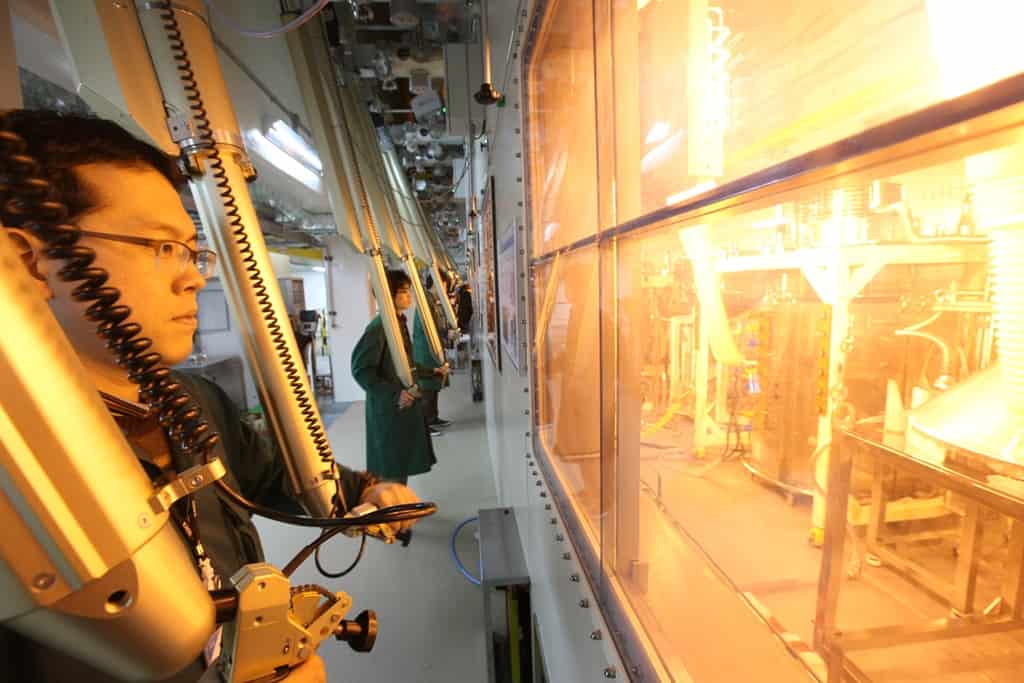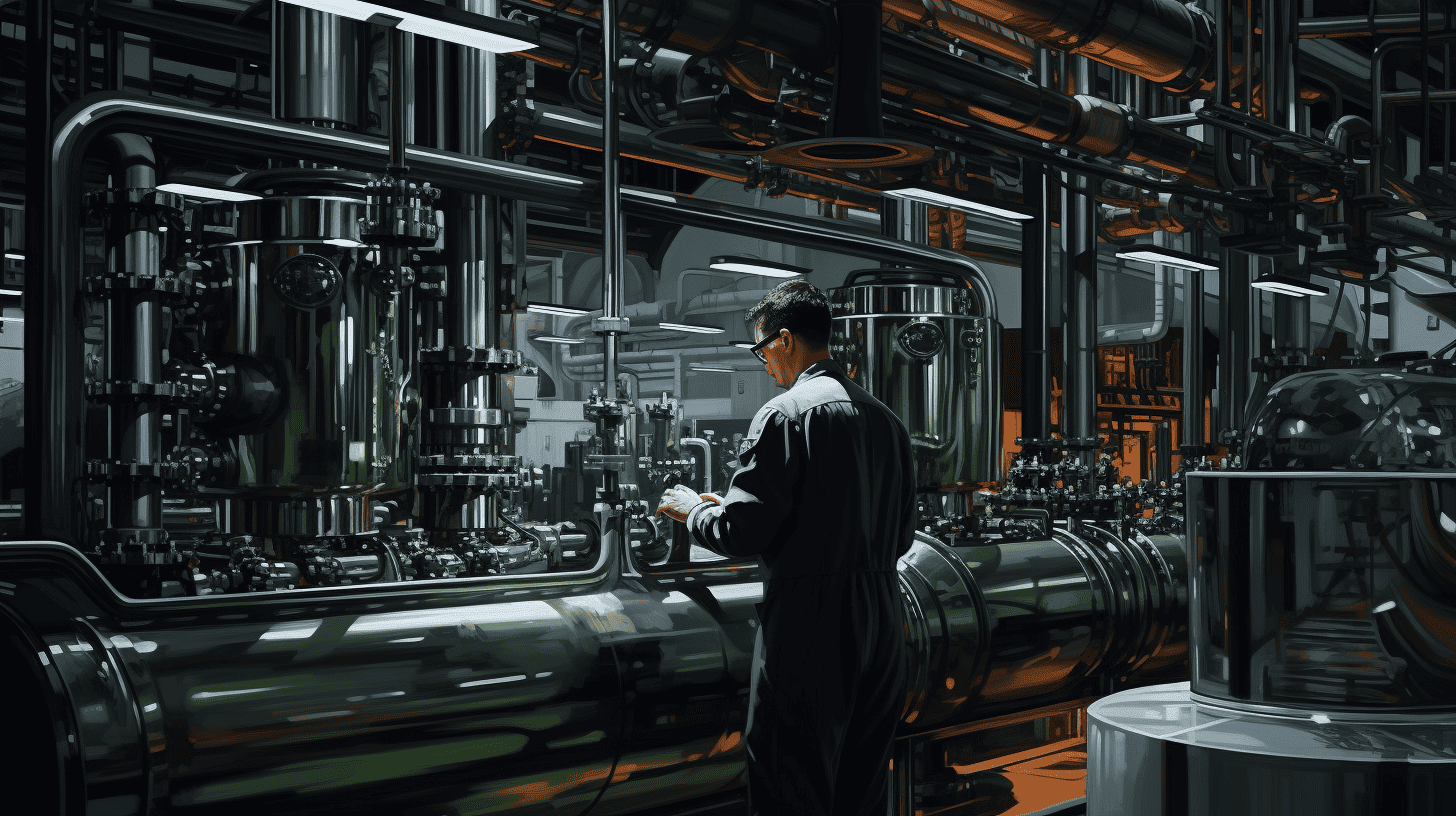
There is a growing movement against the use of single-use plastics. As of July 1st, the Netherlands has implemented a separate tax on single-use plastic food containers. This is one of many countries trying to curb the use of plastics.
Finding viable alternatives to plastic is a complex challenge, as each substitute has its own advantages and disadvantages. Plastic is cheap and versatile, but poor waste management and recycling limitations contribute to plastic pollution. While options like glass, aluminum, paper, and bioplastics offer potential alternatives, they also have drawbacks to consider, such as energy-intensive production or recycling challenges.
Innovative companies like Footprint are actively working on developing plant-based alternatives to single-use plastics, in anticipation of stricter regulations on disposable plastic expected in 2024. So, how can we live without plastics?
- Single-use plastics are an environmental threat.
- But alternatives are not inherently clean.
- How do we reduce the pile of plastic waste?
The drawbacks of traditional plastic alternatives
The transition away from plastic isn’t as straightforward as it might seem. Traditional alternatives to plastic, such as glass, aluminium and paper, present their own set of challenges. Glass, for instance, is easily reusable and can be recycled multiple times without degrading in quality. However, the production and recycling processes are energy-intensive, and its weight increases transportation costs.
Aluminium, while lightweight and recyclable, also comes with its own set of challenges. It requires recycling to be beneficial, but the thin plastic coating on aluminium cans poses challenges during the recycling process. Paper, another commonly perceived sustainable solution, has a recycling process that is environmentally damaging and consumes significant resources. Furthermore, maintaining paper quality after recycling is challenging and it is not an ideal alternative for packaging liquids. For this purpose paper is often coated with a thin plastic layer, which hinders recycling.
Bioplastics, biodegradables, and compostables are often misunderstood terms. Bioplastics do not necessarily mean biodegradable or compostable. The lack of clear certifications and the risk of greenwashing further complicate the issue. Regardless of the material used, the key is to consider the fate of packaging after use. Recycling, biodegradation, and reuse are essential factors in addressing the plastic pollution problem.
United nations intervenes
Recognising the severity of the plastic pollution problem, the United Nations has stepped in, aiming for a legally binding treaty to combat plastic pollution by 2024. The second round of negotiations took place in Paris in June, with an agreement to develop a first draft of what could become the world’s first global plastics treaty by November.

Despite the progress, the discussions were fraught with infighting as parties sought to demonstrate willingness without giving up too much ground. The growing plastic pollution problem, which has soared from a mere 2m tonnes annually in the 1950s to over 400m tonnes today, won’t be resolved overnight. It requires a committed, global effort.
Innovation in the fight against plastic
While international bodies debate, companies like Footprint are taking action. The American company, specialising in plant-based alternatives to disposable plastic, recently set up its European headquarters in Eindhoven, the Netherlands. The company uses wood fibre and wood pulp to create its plant-based products, mimicking the properties of plastic and preventing leakage.
Footprint’s goal is to help customers eliminate single-use plastics from their processes, providing compostable and/or recyclable alternatives. From 2024 onward, the food industry will face stricter rules on the use of disposable plastic, and Footprint aims to offer alternatives to cutlery, meal containers, and cups.
Achieving a plastic waste-free society is indeed possible, but it requires a collective willpower and continuous innovation. The challenges posed by single-use plastics demand proactive solutions that address both the production and disposal stages of packaging.







